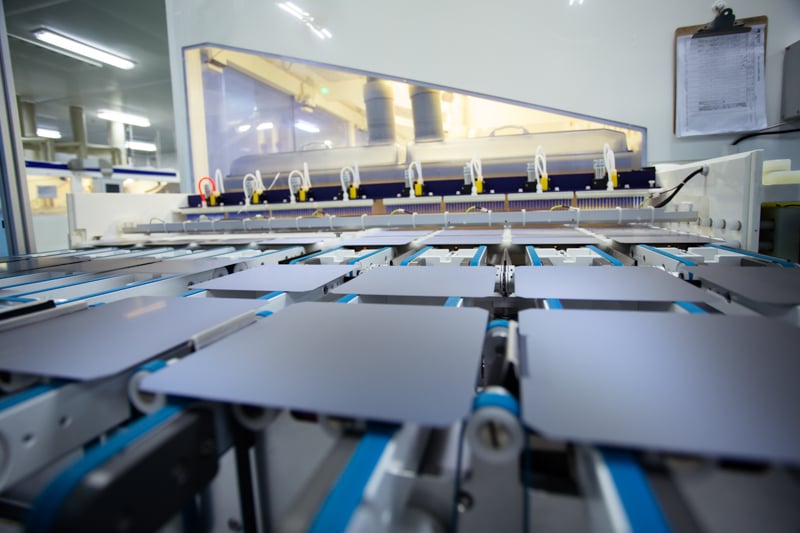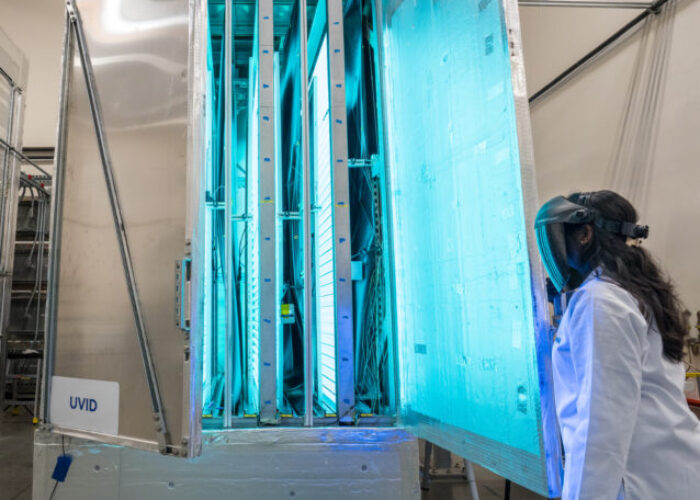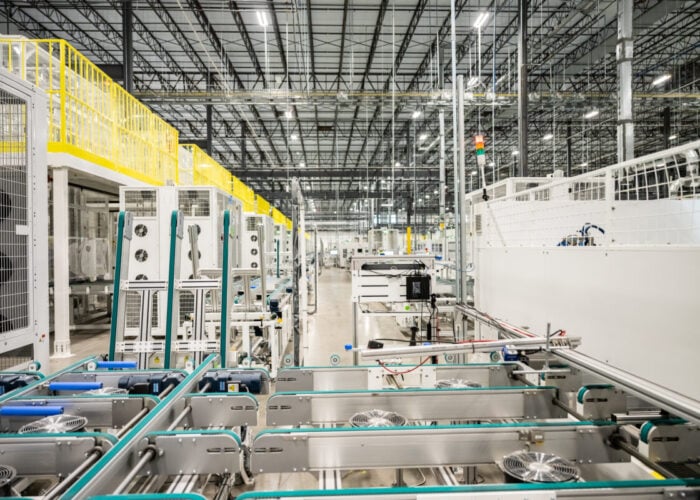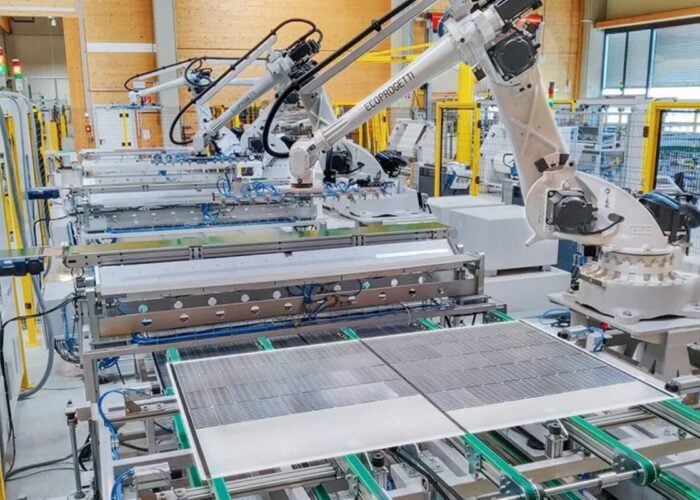
Researchers from Chinese module manufacturer LONGi and the School of Materials at Sun Yat-sen University have developed heterojunction (HJT) back contact solar cells with a power conversion efficiency of 27.09%.
The results of the tests, published in Nature, note that the majority of recombination losses stem from “the hole-selective contact region” and “polarity boundaries”, and propose new manufacturing processes to minimise these losses.
Try Premium for just $1
- Full premium access for the first month at only $1
- Converts to an annual rate after 30 days unless cancelled
- Cancel anytime during the trial period
Premium Benefits
- Expert industry analysis and interviews
- Digital access to PV Tech Power journal
- Exclusive event discounts
Or get the full Premium subscription right away
Or continue reading this article for free
The researchers tested a ten-step cell production process, where steps included wet chemical cleaning, chemical vapour deposition on the rear side of the cells and the use of laser patterning, at LONGi’s commercial HJT back contact (HBC) production line used to produce the company’s M6-sized modules.
The study also involved the replacement of “amorphous silicon layers” in the cells with “nanocrystalline-doped films” to function as transporting layers, which the researchers found improved the power conversion efficiency of the cell. In the study’s abstract, its authors note that using nanocrystalline structures in the transporting layers could help push power conversion efficiency as high as 27.7%.
“Compared to nanocrystalline silicon, amorphous silicon has not effectively suppressed charge carrier transport loss due to inefficient transport at the interface between the doped layer and the transparent conductive oxide layer, not fulfilling band-to-band tunneling mechanism based on direct energy transitions,” wrote the report’s authors in the study. “To enhance efficiency, adopting nanocrystalline silicon technology for improving contact properties is recommended.”
The results were verified by the Institute for Solar Energy Research in Hamelin, Germany, and the testing of these processes at a commercial-scale facility could help accelerate the scaling up of these methods.
The news follows LONGi’s launch of a back contact module, with a power conversion efficiency of 22.3%, earlier this year. Both this module—and the company’s Hi-MO X10 module, which was launched last week—use LONGi’s hybrid passivated back contact (HBPC) cells, as the company looks to continue its research into back contact technology.






